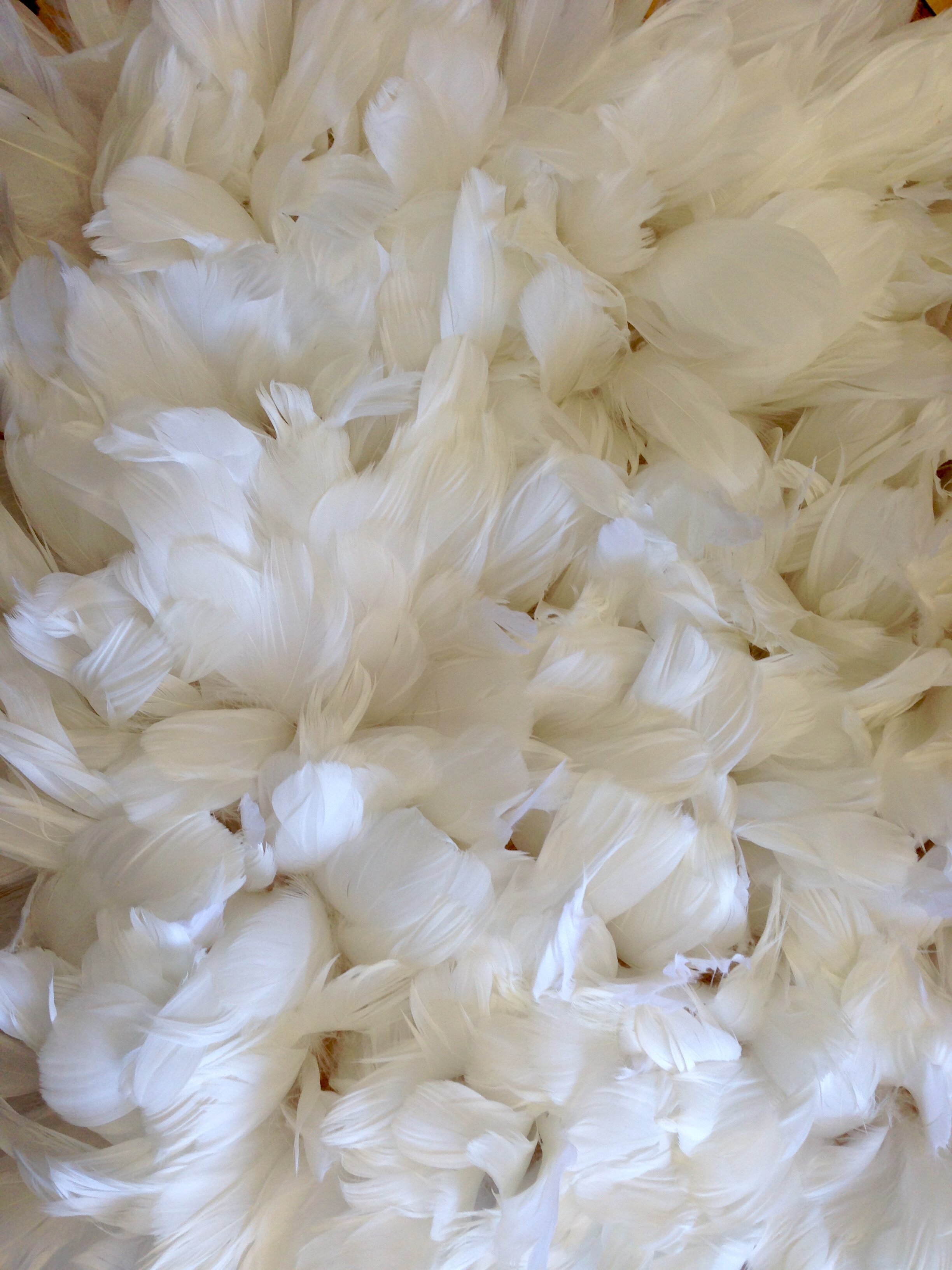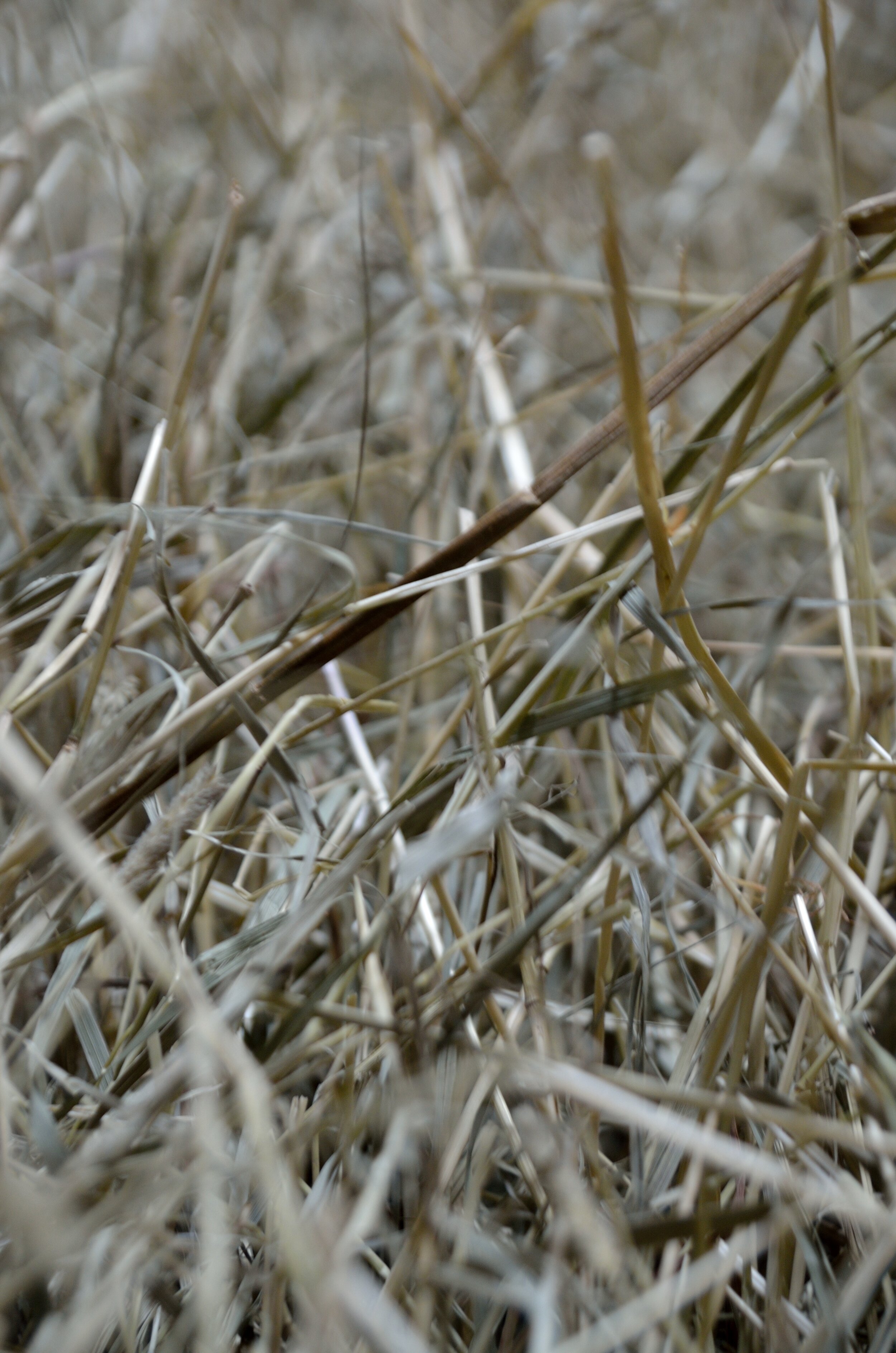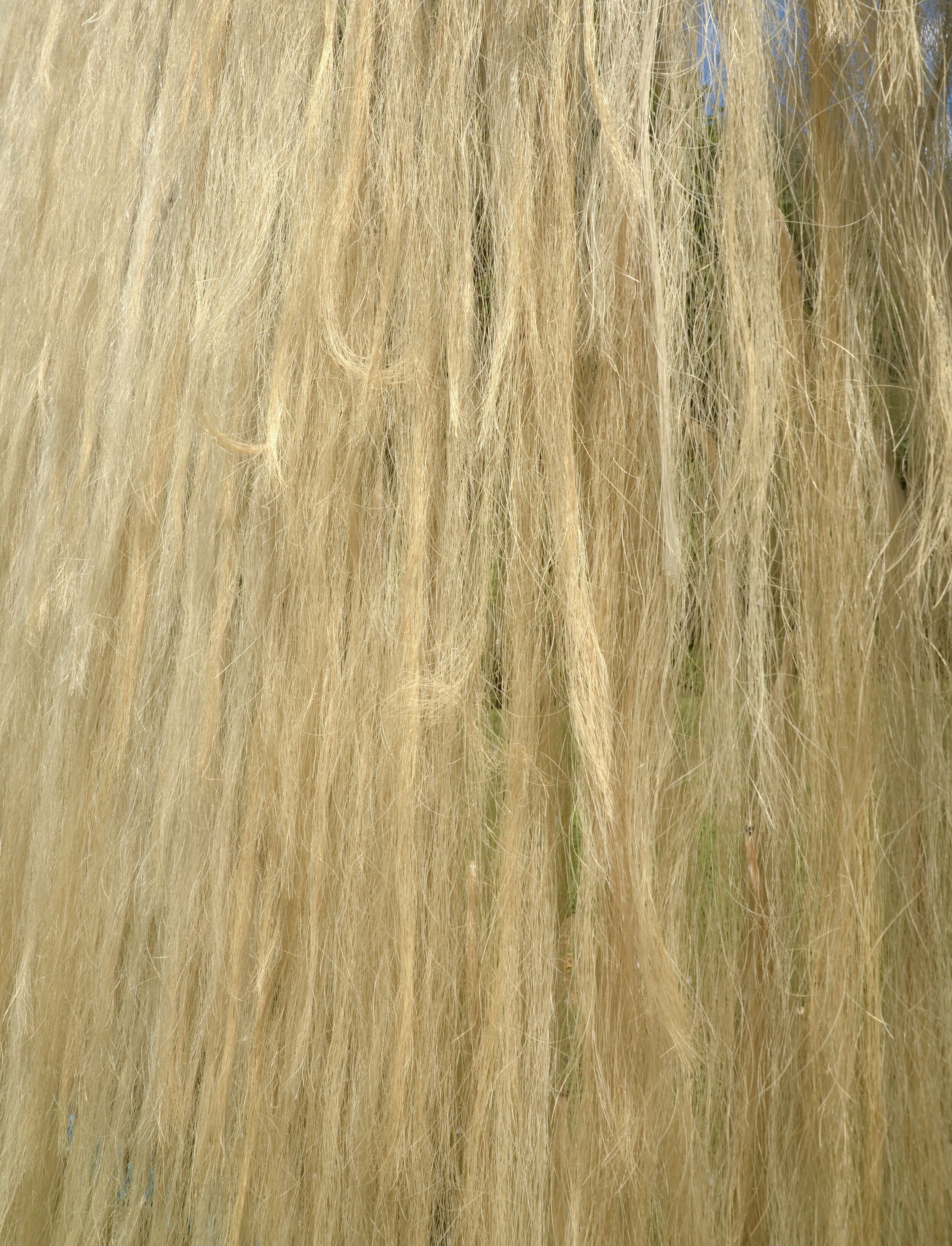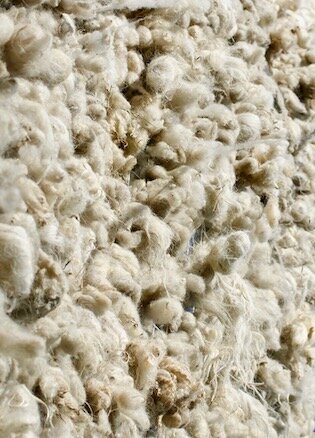Process is a big part of my work and this New Zealand installation was no different. The plan from the beginning was that there was no plan. I arrived in New Zealand with my favorite rigging knife and sketch book as my travelling studio. I spent the first few days on the farm, walking the land and searching for materials to use. There was wool of course, but that is only a fraction of the sculpture. Developing structure for a large installation out in the elements is an engineering challenge. I chose flexible bamboo cut from the back of the farm and flimsy silage netting for the siding. Both respond to the wind, which the open landscapes of the North Island had plenty of.
Cutting bamboo
James Truebridge and Sue Yerex helping with construction
Moving to its site
Literature plays important role in my work. You never know what you are going to read that will spark and subliminally feed an idea. TheBrendan Voyage by Tim Severin is a book I read before travelling to New Zealand that has nothing to do with sheep or art. The author researched ancient materials and built a boat out of flexible, strong wood and hide covered in lanolin, which he then sails following the charted course of the 6th century monk Saint Brendan the navigator from Ireland to find the new world. In this modern day reenactment the sailors rode in the boat like being in the belly of a beast, the flexibility and movement of the hide providing a malleable structure to ride out a storm that would have bashed in any rigid form. This became a constant vision in the back of my head while I wove Tika Whare. The structure needed to be both flexible and strong enough to ride out the wind waves that blew out of the south and rolled over the contours of the land. I needed to see the house breathe, to come alive as the wool responded to and exaggerated the flow of the wind. Tika Whare is a form of a land boat that I could live in.
Raising the roof
Getting the roof settled right with Roger
Every morning I was greeted by familiar calls of thousands of sheep that surrounded me while I worked in the paddocks contrasting with foreign (to me) New Zealand bird songs of the morning and the disorienting Southern Hemisphere night sky the evening before. Perhaps, in this foreign land I needed to build a home, a sanctuary that feels familiar. Or perhaps, with both children now gone off to college, I am revisiting the ephemeral concept of home/house/dwelling. The wool sanctuary I had created, will not last forever, the winds of the changing season will have their way with the flexible netting reminding me of the fragility of the idea of home.
taken while sitting inside
The formal structure of Tika Whare speaks of the colonizing of native New Zealand Maori who once lived on the land that I worked on. I started to notice patterns in Maori designs on weavings and paintings that mimicked the light reaching through the lacy leaves of nearby native bush (forest). This was replicated in the patterned effect of the sun coming through the roof and sides of the wool house.
Dawn











